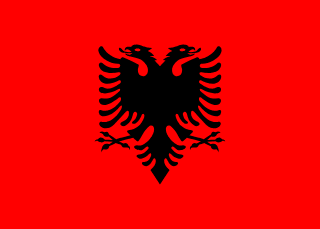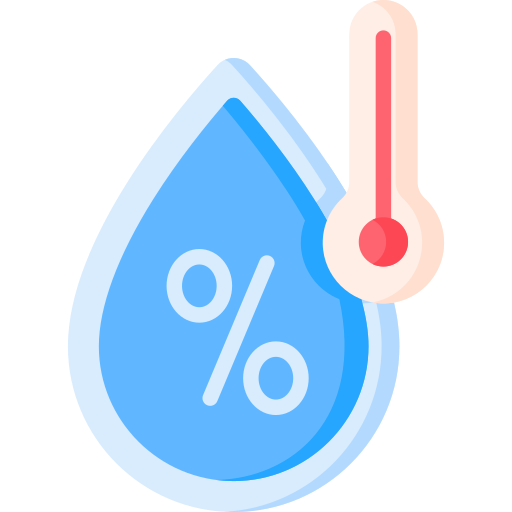Tirana - Introduction

About Tirana
Tirana Current Weather
Tirana, Albania
2025-12-23 08:03
Light rain
7.4°C
Temperature:7.4°C |
45.3°F
Feels like:5.9°C |
42.6°F
Other weather information:
| Parameter | Value |
|---|---|
Wind 
|
8.3 km/h |
Pressure 
|
1015 mb |
Humidity 
|
81% |
Visibility 
|
10 km |
UV Index 
|
0.1 |
Precip 
|
0 |